All you need to now about Dysphagia
How is swallowing disorders diagnosed?
It is also informative whether swallowing liquids or solid food is more of a problem. The doctor will examine the mouth, throat and throat carefully and, if necessary, initiate further examinations.
By observing the swallowing process, doctors or speech therapists can often obtain initial clues as to the type of swallowing disorder. Snapshots such as an X-ray are not very meaningful for clarifying swallowing disorders. Rather, an attempt is made to make a swallowing disorder visible by means of dynamic recordings.
Video porridge sip (cinematography)
Video cinematography can show the act of swallowing in a moving manner. The patient is given a contrast medium of different consistency to drink. In addition, a solid body visible in the X-ray can be administered to swallow with. The swallowing process is followed from different perspectives by means of an X-ray camera.
Endoscopic attempt to swallow
An endoscope with a thin, tube-shaped camera is inserted through the nose. The swallowing process can be filmed in this way. With this examination method, too, the patient is given fluids of different consistencies to drink.
Further examinations can be:
- endoscopic examination with biopsy,
- imaging procedures such as CT or MRI,
- ultrasound (endosonography),
- Manometry (pressure measurement) of the esophagus (if suspecteda mobility disorder of the esophagus),
- pH test (if reflux is suspected).
How are swallowing disorders treated?
The main focus of the therapy is the treatment of the underlying disease that is causally related to the swallowing disorder.
Speech therapy and nutritional therapy
In order to achieve a functional improvement in the swallowing process, speech therapy can be helpful. Together with the speech therapist, you will work on, among other things, posture and tension and breathing behavior. An attempt is made to improve the muscles involved in the act of swallowing. Adjustments in diet can make swallowing easier. Mixed consistencies in particular (e.g. soup with noodles) cause problems; pureed dishes are better. In the case of drinking problems, for example, tasteless gelling aids, corn starch or special powders for thickening help. Various aids such as wide cups or notched cups can sometimes make swallowing easier. The conventional sippy cups are in most cases rather unfavorable.
PEG tube (artificialfeeding)
If conservative therapeutic measures remain unsuccessful, the use of an "artificial gastric access" must be considered. Elderly people run the risk of recurring aspiration in the long run, and a need-covering supply of energy and nutrients through normal diet (orally) is not guaranteed. A nutrient solution is introduced directly into the stomach via a percutaneous endoscopic gastrostomy (PEG tube). This type of food intake is also called enteral nutrition.
Whom can I ask?
To clarify swallowing problems, the first point of contact should be:
- General Practitioner,
- Specialist in ear, nose and throat medicine (ENT),
- Specialist in internal medicine (gastroenterology and hepatology).
The following can also be involved in diagnosis and therapy:
- Speech therapist,
- Specialist in neurology,
- Specialist in surgery.



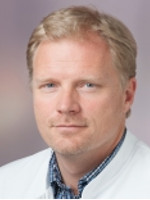
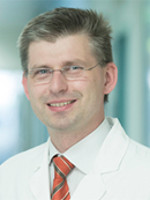




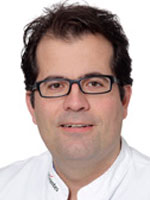




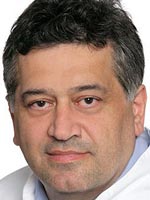



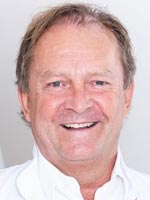


 Loading ...
Loading ...


